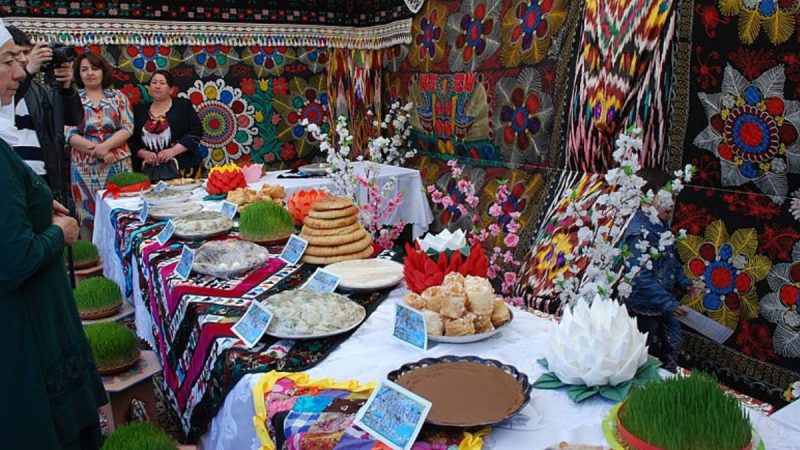Approximately 300 million individuals worldwide are beginning their yearly celebration of rebirth and balance with the environment, marking what many consider to be the most significant cultural occasion of the year, usually encompassing 13 days of the festival. Rooted in Zoroastrianism, Nowruz transcends religious and cultural boundaries.
What Is Nowruz?
Happy Nowruz!!!! pic.twitter.com/O4WiA9ueG3
— Negar Mojtahedi (@NegarMojtahedi) March 20, 2024
Ethnic groups observe Nowruz with a common heritage from the Silk Roads, including Afghanistan, India, Iran, Iraq, Kazakhstan, Pakistan, Tajikistan, Turkey, and their diaspora abroad. Once spanning from Egypt and the Balkan Peninsula in the west to Afghanistan and Pakistan in the east, Persia—anchored in modern-day Iran—left behind an enduring cultural legacy that includes this colourful celebration. Tuesday’s Google Doodle, which was displayed on the website in over a dozen nations, including Afghanistan, India, Pakistan, the United Kingdom, and the United States, encapsulated the enthusiasm for Nowruz.
The celebration of Nowruz, the first day of spring, coincides with the vernal equinox, which is the exact moment when the sun is evenly positioned over the Northern and Southern hemispheres due to the tilt and rotation of the globe. Although the exact origin of Nowruz as a celebration is unknown, many people think it started about 3,000 years ago and has origins in Zoroastrianism, one of the oldest monotheistic religions in the world. According to ancient writings, the ceremonial capital of the Achaemenid Empire, which ruled from 550 to 330 BC, was Persepolis, where Nowruz was observed.
Also Read: Navroz 2024: 8 Authentic Recipes To Bring The Spirit Of Parsi New Year To Your Table!
How Is It Celebrated?
Happy Nowruz/Persian New Year to all who celebrate! Wishing you a year filled with abundant health and prosperity. 🌸✨ #Nowruz #haftseen #هفت_سین pic.twitter.com/aorABBULOQ
— Yasamin Mirzabeigi, MD (@YMirzabeigi) March 20, 2024
For Nowruz, people usually spend weeks getting ready, largely by doing spring cleaning. Gift exchanges, get-together dinners, and family visits are customary during the celebration.
Additionally, there are variations in celebrations among nations. Afghanistan is known for its national sport, buzkashi, in which horse-riding competitors attempt to wrestle control of a decapitated goat carcass. They also enjoy haft mewa, a delicacy consisting of dried fruits soaked in syrup. In recent years, Nowruz has garnered international recognition, with UNESCO inscribing it on the Representative List of the Intangible Cultural Heritage of Humanity. This accolade underscores the global significance of Nowruz, highlighting its role in fostering intercultural dialogue and understanding.
Nowruz shines as a radiant thread, weaving together past, present, and future.
Cover image credits: Wikimedia Commons
First Published: March 20, 2024 5:39 PM




